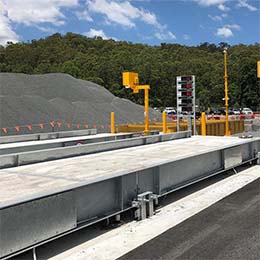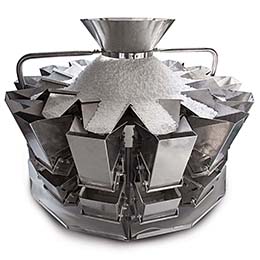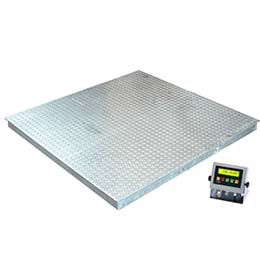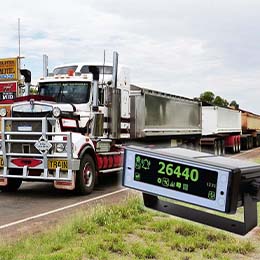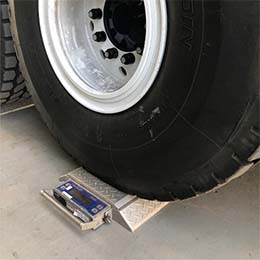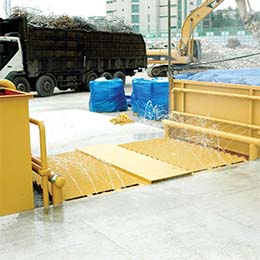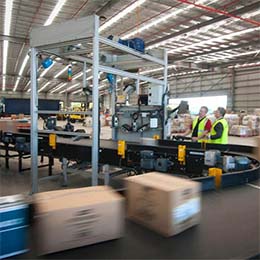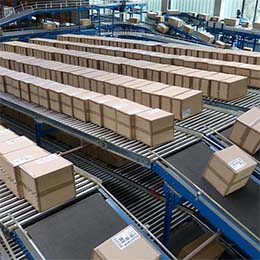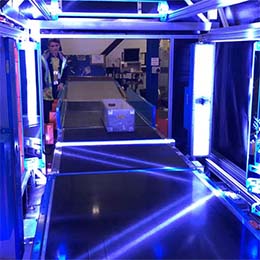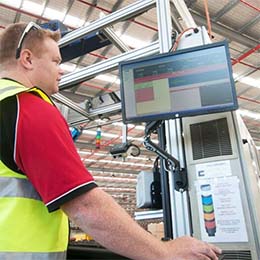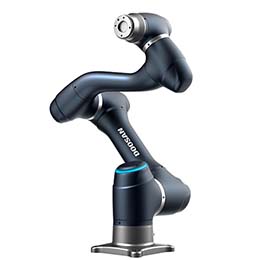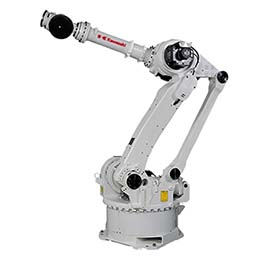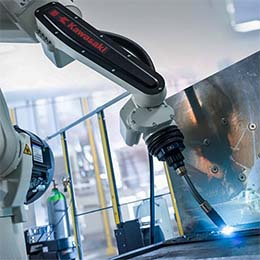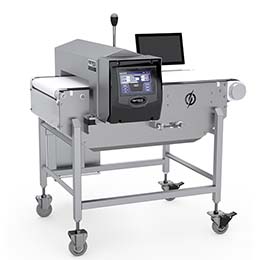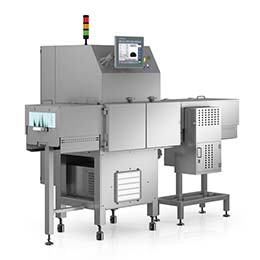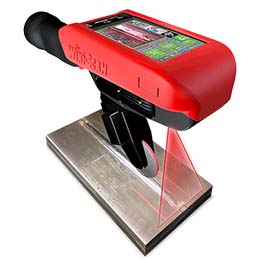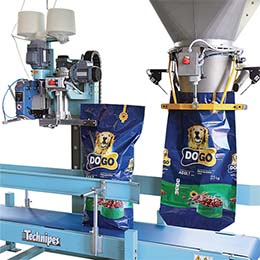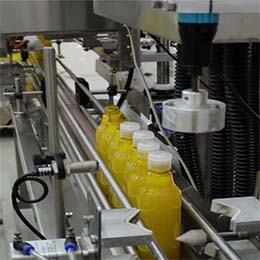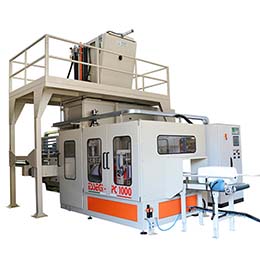The ability to accurately weigh and measure feed is a critical success factor in any agricultural undertaking. With accurate measurements, farmers can control not only the quantity of the feed, but also the quality, cost, constituent parts and so on – all of which have an impact on their operation’s performance.
An efficient feed management system is a proven tool for farmers and other producers in the agricultural industry that enables them to improve their efficiencies and ultimately, to save money and improve their profitability.
One of the key attractions of such a system is its capability for integration with many leading feed management software packages. Operators can record and analyse details of the feed being delivered to individual pens and paddocks, they can verify feeding accuracy, reduce waste, work out the best ration mix for optimum results and so on – and in agricultural environments where there are many variable factors, it is crucial that farmers make the most of any opportunity to save money and increase profitability.
An efficient feed management system with purpose-specific software and an integrated digital platform also makes it possible for farmers to customise the equipment to suit their specific needs and gives them superior flexibility in terms of ration management, inputs, mixes, flow and so on – all of which ultimately translate into cost savings and improved efficiencies.
For example, a weigh feeder (which is sometimes referred to as a continuous weigh feeder) is designed to maintain consistent flow of product, generally onto a conveyor belt. This product flow will have been set at a predetermined rate, so the measuring equipment is able to eliminate oversupply, provide traceability of product over any given time and ensure accuracy – all of which are important factors in successful agricultural operations.
In short, an efficient feed management system can save money by:
- Eliminating possibility of over-supply
- Reducing feed waste
- Verifying feeding accuracy
- Improving operational efficiencies through the system’s integration capabilities and user-friendly computer controls
- Preventing delays caused by manual evaluation of data/sorting out errors/tracing products etc
- Enabling more effective inventory management
- Ensuring correct rations to optimise outputs such as dairy milk production and livestock growth rates
- Correct rations will lead to improved herd health, which in turn will save money on vet bills, stock losses etc

